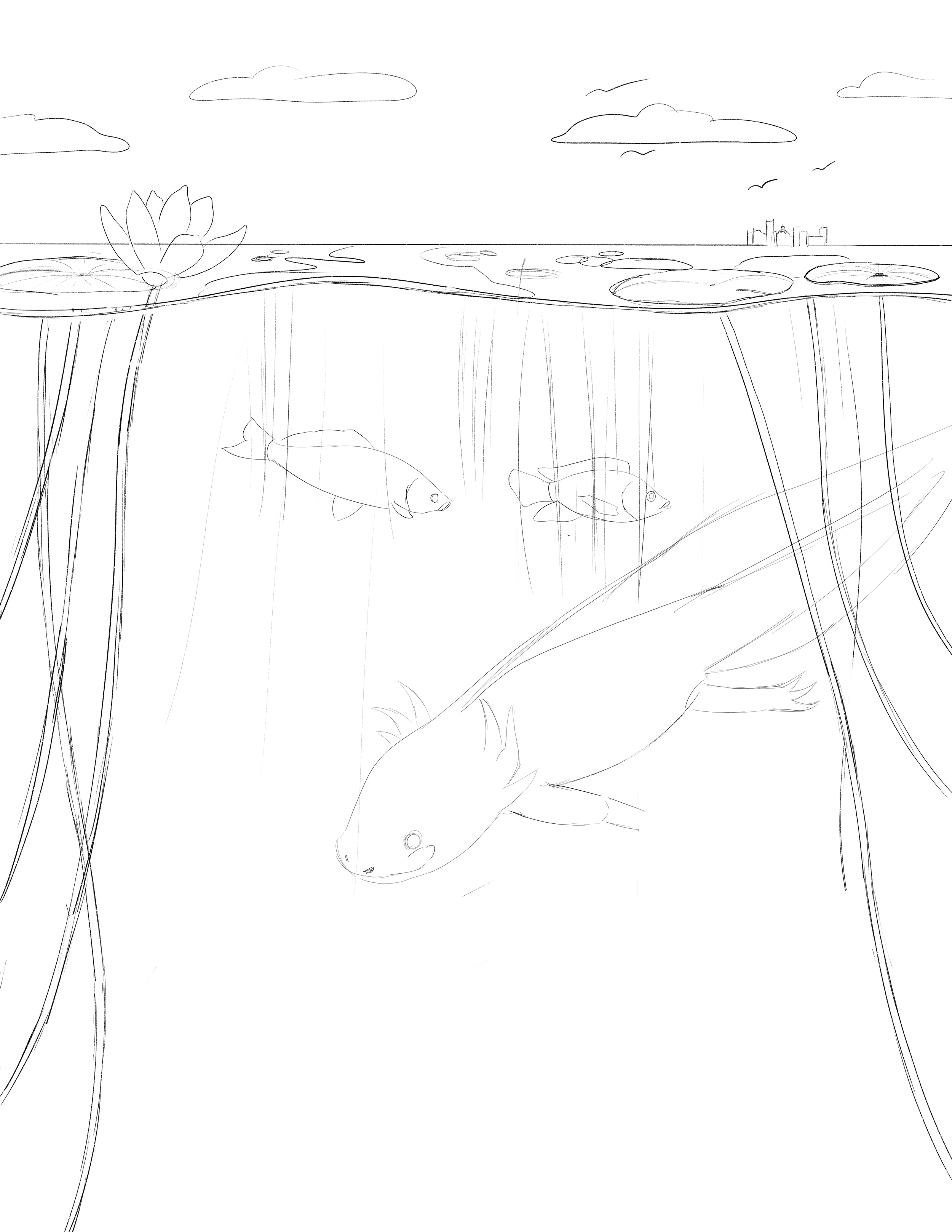The Axolotl Paradox
The axolotl is known and loved all over the world. We’ve all seen a video of a cute axolotl sometimes in our journey through the digital world. What we don’t know is that these adorable pink creatures are very different from wild axolotls, endemic to the Mexican water canals. The goal of this infographic is to bring awareness to the declining population of wild axolotls.
Client
Coursework
Tools
Procreate, Photoshop, Illustrator, Maya
Format
Infographic
Audience
Lay Audience
Date
2022
References
Li, H., Wei, X., Zhou, L., Zhang, W., Wang, C., Guo, Y., Li, D., Chen, J., Liu, T., Zhang, Y., Ma, S., Wang, C., Tan, F., Xu, J., Liu, Y., Yuan, Y., Chen, L., Wang, Q., Qu, J., Shen, Y., … Xu, X. (2021). Dynamic cell transition and immune response landscapes of axolotl limb regeneration revealed by single-cell analysis. Protein & cell, 12(1), 57–66.
Ramos, Alejandra & Mena‐González, Horacio & Zambrano, Luis. (2021). The potential of temporary shelters to increase survival of the endangered Mexican axolotl. Aquatic Conservation: Marine and Freshwater Ecosystems. 31. 10.1002/aqc.3520.
Robles, Braulio & Flores, Jorge & Martínez, José & Herrera, Patricia. (2018). The Chinampa: An Ancient Mexican Sub‐Irrigation System. Irrigation and Drainage. 68. 10.1002/ird.2310.
Voss, S. R., Woodcock, M. R., & Zambrano, L. (2015). A Tale of Two Axolotls. Bioscience, 65(12), 1134–1140.
Valiente, E.A., Tovar, A., González, H., Eslava-Sandoval, D., & Zambrano, L. (2010). Creating Refuges for the Axolotl (Ambystoma mexicanum). Ecological Restoration, 28, 257 - 259.



